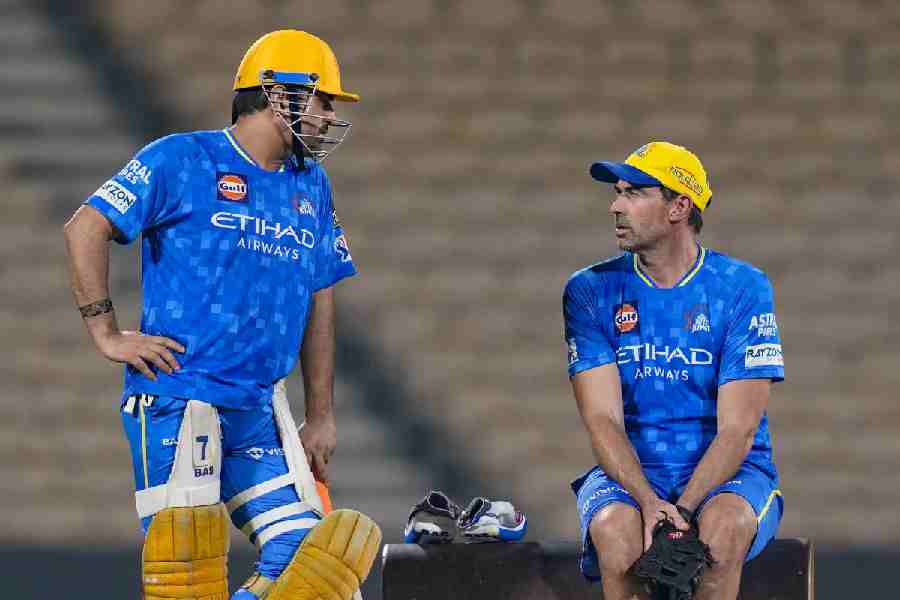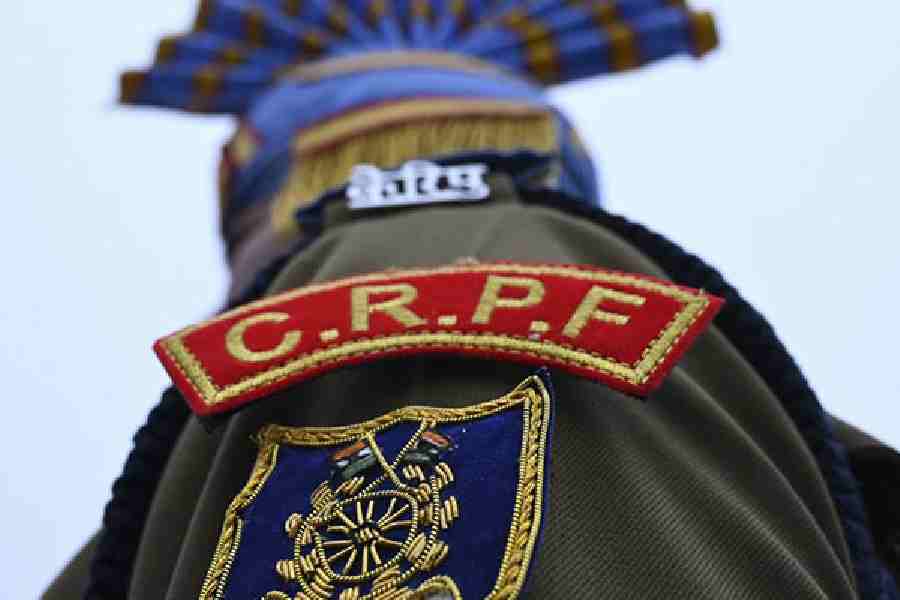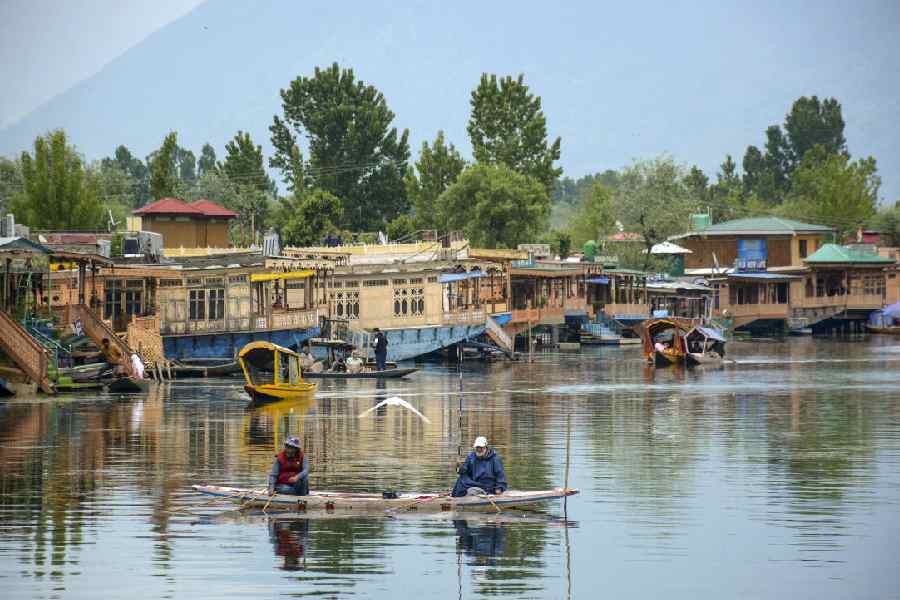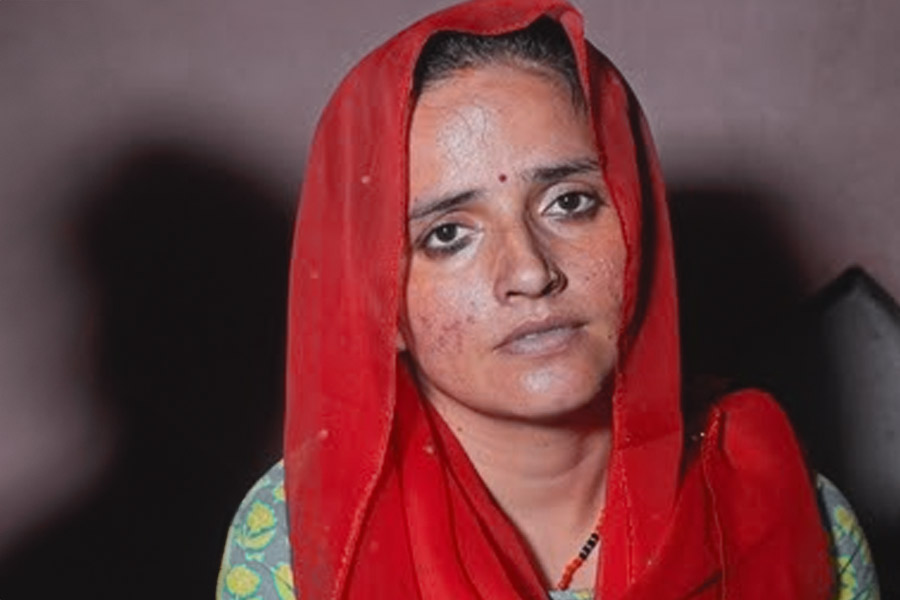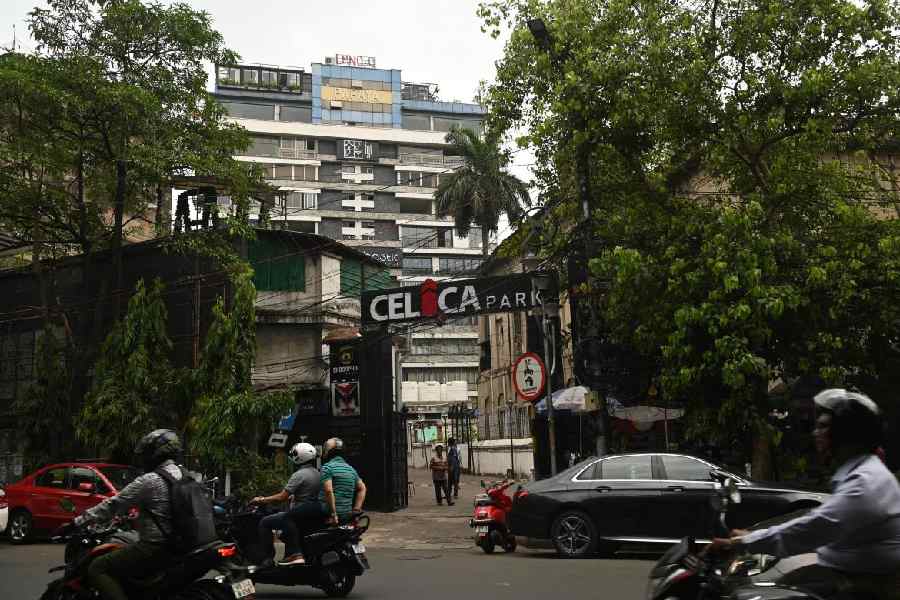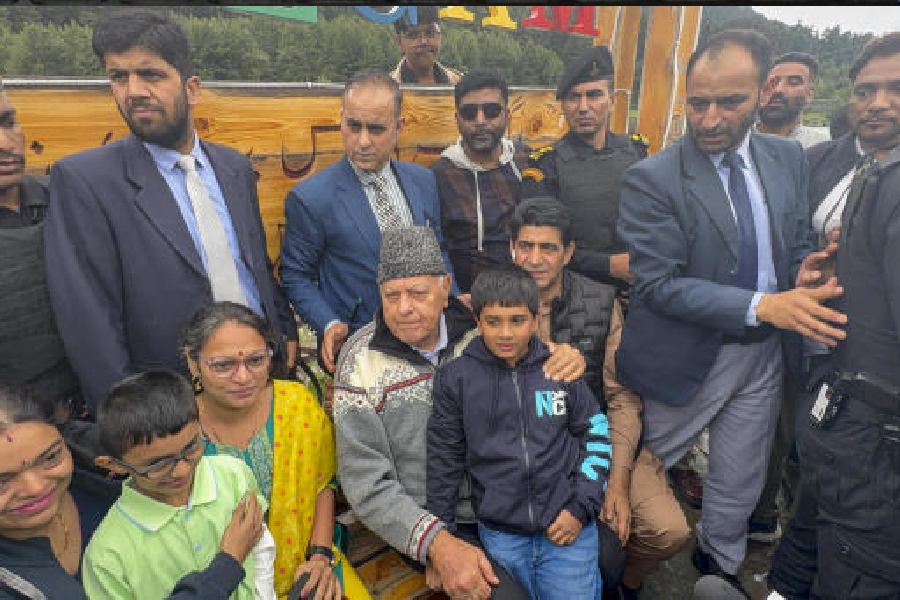

Bhubaneswar: Puri, the abode of Lord Jagannath, is widely celebrated as a supreme Hindu shrine for Jagannath cult. However, apart from the grand 12th Century Jagannath Temple, many other monuments and religious places - lesser-known among the visitors - are getting minimal attention even though they are like living galleries of the famous Puri paintings.
Once covered with murals profusely, there are only two monasteries left where one can trace the evolution of Puri paintings, although in a highly-faded condition.
The present Jagannath Temple might be a 12th Century structure testifying the highest achievement of Kalingan school of architecture, but the celebration of Puri or Srikshetra as a Hindu shrine goes back to much earlier time. For example, Govardhan Mutt located in Swargadwar had been founded by Adi Sankaracharya in 8th Century as a centre of learning and culture.
Well-known archaeologist and writer Jitu Mishra, also co-founder of Virasat-E-Hind Foundation, who has studied Puri paintings and working on its documentation, said: "Mutts or monasteries have been playing an important role in performing seva or duty for Lord Jagannath. There are a large number of mutts belonging to various sects located around Jagannath Temple."
The Bada Odia Mutt has the largest concentration of Puri paintings on its walls drawn in the 19th Century. This mutt was established by famous poet Atibadi Jagannath Das in the 15th Century, who composed the Odia Bhagabat. The image of Atibadi Jagannath Das is preserved in the mutt. Das was the intimate disciple of Sri Chaitnya and founder of Atibadi Sect of Vaishnavism.
The mutt boasts some of the finest religious art of the region. As one enters the inner monastery gate the first sight is the murals of Lord Jagannath, his elder brother Balabhadra and Devi Subhadra. Next are scenes from Krishna Leela and the Ramayana. The depiction of Anantasayi Vishnu is yet another major draw among the murals of the mutt. One also finds the episode of Samudra Manthan or the Churning of the Ocean in the monastic wall.
"Among the decorative figures the images of peacocks are eye catching. The Kaliya Dalaana scene of Krishna is yet another important mural of this monastery. However, sadly most of the murals are on the verge of extinction,'' Mishra said after a recent visit to Puri.
The Gangamata Mutt located at Bali Sahi is yet another monastery where one can see traces of Puri murals of 19th Century. Belonging to Gaudiya sect, the mutt is located beside the sacred Swetaganga Tank. Like Bada Odia Mutt here also one finds life size murals of the Trinity (Jagannath, Balabhadra and Subhadra) at its entrance.
In the next panel the mural boasts child Krishna along with the depiction of forest environment. There are also depictions from the scenes of the Ramayan and the Mahabharat.
"In Indian mural tradition, Odisha played an important role as a link between south and north. However, unlike other mural traditions, such as Vijayanagar, Cholas and Nayaks of South and Orchha and Bundi of Rajput north, the Puri paintings have hardly drawn attention. One of the major concerns is their preservation from the sultry tropical weather and human interference. However, before they are vanished completely it is critical to preserve them from their further decay with the help of art restorers and experts,'' observed Mishra.


